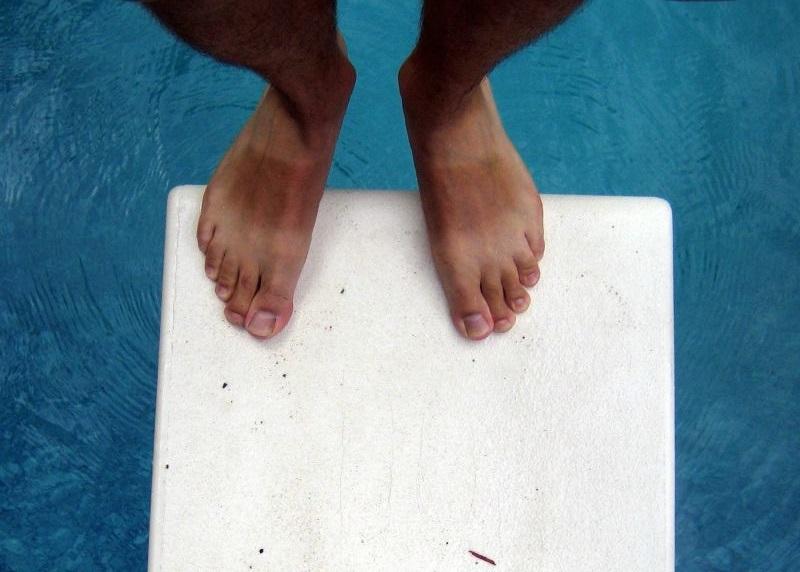 Dan Tehan’s arrival as the Minister for Defence Materiel—as well as Veterans Affairs and Minister assisting the Prime Minister for the Centenary of ANZAC—is the latest in a long parade of junior Defence Ministers over the last decade. A three-year electoral cycle and the regular churn of Prime Ministers and Defence Ministers since 2007 all make for a merry-go-round of ministry positions.
Dan Tehan’s arrival as the Minister for Defence Materiel—as well as Veterans Affairs and Minister assisting the Prime Minister for the Centenary of ANZAC—is the latest in a long parade of junior Defence Ministers over the last decade. A three-year electoral cycle and the regular churn of Prime Ministers and Defence Ministers since 2007 all make for a merry-go-round of ministry positions.
As Tehan’s Parliamentary bio makes clear, he has a distinct interest in national security matters, including two Masters degrees in international relations, service as a DFAT official and as a Ministerial adviser. Elected as the Member for Wannon in 2010, Tehan has spent the last two years as Chair of the Parliamentary Joint Committee on Intelligence and Security. Members have access to classified material and an important oversight role of the intelligence agencies during a time of serious pressure over terrorism. Tehan has also been active writing for the media on military operations in the Middle East and counterterrorism—something that marks him out as an MP with serious interests in public policy.
The art of being a junior Minister is to find some breathing space to make a substantive policy contribution. For a number of reasons, that’s harder than one might think. The first challenge is to establish an effective working relationship with the Minister for Defence. I have had the privilege of watching at reasonably close range relations between senior and junior ministers in the defence portfolio for several decades. News flash: they don’t always work together well.
Like all relationships it comes down to personalities. Some junior ministers have a burning conviction that only time or a cosmic injustice will stop them from becoming the senior minister. Those people usually find themselves being starved of interesting work. Conversely there have been cases where talented junior ministers were denied policy oxygen by insecure and controlling senior ministers. At times relations became so toxic that there was little or no communication between Ministers. Not always though: The combination of John Faulkner as senior minister and Greg Combet as Minister for Defence Personnel, Materiel and Science stands out as one that worked well. Both men were grown-ups with little need to prove their standing by playing games.
A persistent problem has been to work out the division of responsibilities between senior and junior ministers. Wikipedia helpfully (but not always accurately) lists the various junior ministerial titles and incumbents over the years. ‘Minister for Defence Science and Personnel‘ was a title often used. In practice, Defence science doesn’t generate much ministerial business. It offers interesting work but not much of it. By contrast the personnel function has a high workload of cases relating to individual grievances and conditions of service matters. There’s more than enough to keep a minister busy, but little of the work ever successfully addresses strategic workforce planning for either the military or civilian sides of Defence.
The Minister for Defence Material position first emerged in 2009 to be held in succession by Greg Combet, Jason Clare and Mike Kelly. Stuart Robert kept similar responsibilities as Assistant Minister for Defence and Mal Brough occupied the role of Minister for Defence Materiel and Science for a few short months. Brough’s formally allocated responsibilities are presumably the starting point for Dan Tehan to discuss his new role with Defence Minister Payne. Those responsibilities are set out by Defence as follows:
Assist the Minister for Defence on:
- Defence materiel acquisition and sustainment projects except for major projects listed with Minister for Defence.
- Equipment disposal.
- Monitor Projects of Concern.
- Defence skilling programmes to support industry.
- Industry capacity, structure, policy and engagement.
- Implementation of the Naval Shipbuilding Plan.
- ICT elements of the Integrated Investment Programme.
- Science and technology policy.
While this sounds like a sensible list of tasks, political reality complicates the picture. A multibillion dollar ‘project of concern’ like, for example, the Air Warfare Destroyer program is hardly going to be left to a junior minister to handle. Likewise, Minister Payne keeps formal responsibility for the Naval Shipbuilding Plan, which will limit Tehan’s scope for the independent ‘implementation’ of it.
What could Dan Tehan offer to do that would be of most value in his new areas of responsibility? As the release of the Defence White Paper looms, two big implementation tasks will need government attention. The first is to give real substance and energy to linking industry more closely to Defence as a ‘fundamental input to capability’. To do so, a major cultural change effort is needed. Second, there’s a need to give practical shape to the capability development and acquisition system now that the Defence Materiel Organisation has been shuttered. That area hasn’t been reformed so much as smashed. It needs close Ministerial attention.
Finally, in his Veterans Affairs role, Tehan has inherited what many fear is a future tsunami of PTSD-related cases emerging largely, but not exclusively, from over a decade of operations in Afghanistan and Iraq. It will call on major reserves of compassion and policy agility to address this coming wave of troubled veterans.
One thing’s for certain, defence industry will welcome Tehan’s arrival. After the White paper’s release the new Minister will have an amazingly ambitious set of defence capability plans to implement, and a clean slate on how best to do it. Take a deep breath, Minister, now dive right in.